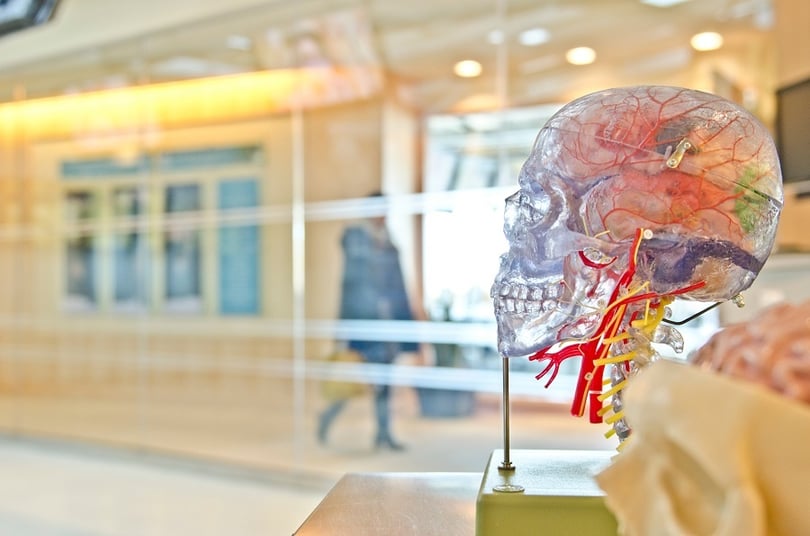
Out of all the groundbreaking innovations that sweep us off our feet, 3D bioprinting may be the most exciting one. From creating living organs like the heart and lungs to replacing damaged skin, bioprinting may one day become a life-changing breakthrough that was once only science fiction.
Here are some ways that this remarkable technology may impact us in the years to come:
1. Bioprinting could replace organ donors.
In 2009, 154,324 patients were registered for the human organ transplant queue in the US. Only 18% of that enormous number received the organ they needed to survive. 8,863 of them didn’t make it, while the rest of the patients kept waiting and hoping they would be the next name on the list to get the life-saving phone call.
With 3D bioprinting, all of those patients could have received their organs in a matter of not years, but days.
Using bioprinting technology, scientists are developing techniques to print living organs like livers, kidneys, lungs, and any other organ our body needs. It could reduce or completely eliminate the organ transplant shortage, giving everyone an equal second chance.
Additionally, tests are being carried out to create the largest and most delicate organ we have, the skin. This could also help scientists and doctors heal wounds easier and faster.
2. Bioprinting could prevent cell rejection.
Printing human tissue that functions naturally is not an easy task, but chances of finding a donor that shares compatible tissue cells are not very high. Incompatibility can activate the immune system to attack the body if a foreign cell is discovered. This means that organ transplants can be tricky. If the body rejects the new addition, complications may arise and the patent will either need a new transplant (which means another long and painful waiting time) or live on immunosuppressants for the rest of their lives.
But with 3D bioprinting, the cultured cells may be taken from the patient himself. This would ensure that the transplant won’t be rejected by the body after the operation.
3. Bioprinting could replace animals in testing labs.
In US labs alone, more than 100 million animals suffer and eventually die as a result of testing. We have heard of so many scandals and horror stories escaping the labs of cosmetic companies, but recently we've finally had a success story; L’Oreal became the first cosmetics company to test its product on bioprinted tissue.
As tissue production develops and becomes more available, every cosmetics company could have an alternative method on hand, i.e. using printed objects for product testing where no animal ever suffers again.
4. Bioprinting can replace volunteers in drug testing labs.
Bioprinted tissue may one day replace human volunteers from drug testing facilities, reducing the risks that such testing poses to volunteer health and safety. In this way, 3D bioprinting could become the safest and most practical way of testing newly developed drugs before rolling them out to the mass markets.
There is still a long way to go.
3D bioprinting is still in the testing phases in most cases, and researchers are still working towards perfecting the technology. A revolutionary innovation such as skin printing requires a very detailed cell composition to make the organ or tissue functional inside the human body. Scientists need to take into account not only space distribution, but also growth factors, cell concentration, drop volume and so on.
This task becomes even more difficult to solve with multi-layer organs and tissues. The possibilities of printing a much more complicated tissues than skin, such as eye tissue, is under way, with around a decade more to wait.
The right technology makes a difference
One of the keys to moving forward in the field of bioprinting is developing technology that can carefully and accurately construct living tissue. 3D bioprinters must accurately dispense a layer of BioInk—made of living cells—into a BioPaper gel scaffold that keeps the layer together. Then, the printer continues the same action layer by layer, until the desired object is completed.
3D bioprinters need to be able to place sub-micron cells in a way that is accurate and repeatable. Dispensing the cells using non-contact jetting methods also improves the quality of the tissue. Fortunately, advances in 3D printer technology is making this kind of accuracy possible, and at Izumi International, Inc., we offer some of the most advanced biomedical dispensing equipment currently available.
We're excited to provide researchers with the technology they need to create the future of 3D bioprinting. Imagine a world in which a liver could be printed in 10 days a face could be restored with fewer plastic surgeries, and technology can finally serve its purpose: helping us live better and longer lives.


